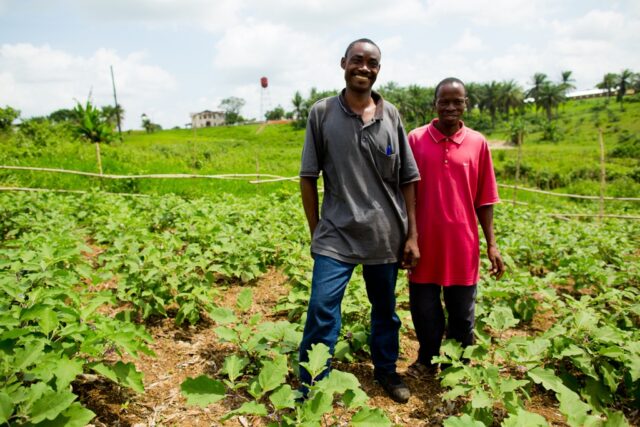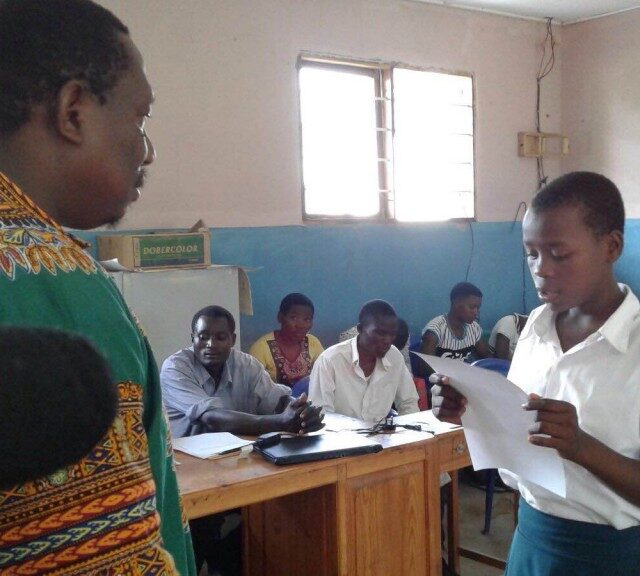This is part of our series of blogs exploring the facts about why #PovertyisSexist. Today we’re taking a closer look at the challenges girls and women face in the agriculture sector.
Although the headline is a bit clickbait-y, this statistic is unfortunately true in some parts of sub-saharan Africa. However, not for the reasons you may think.
Men aren’t naturally better at farming than women, in fact women provide roughly half of all agricultural labour in Africa. But due to less access to farm labour, tools, extension services and financing for their farms compared with men, women get less return on the same investments.
Female farmers face numerous challenges. Agricultural productivity for female farmers in a sample of sub-Saharan African countries is an astonishing 23%-66% lower than that of male farmers and only 10–20% of all land-holders globally are female. Female farmers also struggle to gain access to credit in comparison to their male counterparts.
Unfortunately, poverty and gender inequality go hand-in-hand; girls and women in the poorest countries suffer a double whammy, of being born both in a poor country and female. To see the extent of this disadvantage, we analysed the situation for girls and women in least developed countries across key gender indicators in our Poverty is Sexist report.
On every indicator, life is significantly harder for girls and women in the poorest countries compared with those living in other countries. While that may not be surprising – because men in poor countries are also disadvantaged – we also found that the gender gap between males and females is larger in the poorest countries.
Policy changes in the agricultural sector have the potential to be transformative for everyone involved.
Studies show that growth in the agriculture sector in sub-Saharan Africa is 11 times more effective at reducing poverty than growth in any other sector of the economy. In developing countries, nearly half of the reduction in hunger that occurred between 1970 and 1995 can be correlated with increases in women’s education, and Bread for the World recently showed that countries with greater levels of gender equality tend to have lower rates of child malnutrition.
Globally, providing female farmers with the same access to productive resources as male farmers (i.e., closing the gender gap in agriculture) could increase agricultural yields by 20–30%, raise economic output by 2.5–4%, and reduce the number of people who go hungry by 12–17% (100–150 million people).
Agricultural training and research and development should be tailored to women’s needs. Women’s access to hired labour and other productive inputs should be increased, and women’s land tenure rights should be strengthened. If these changes are made, female farmers will be unstoppable!



